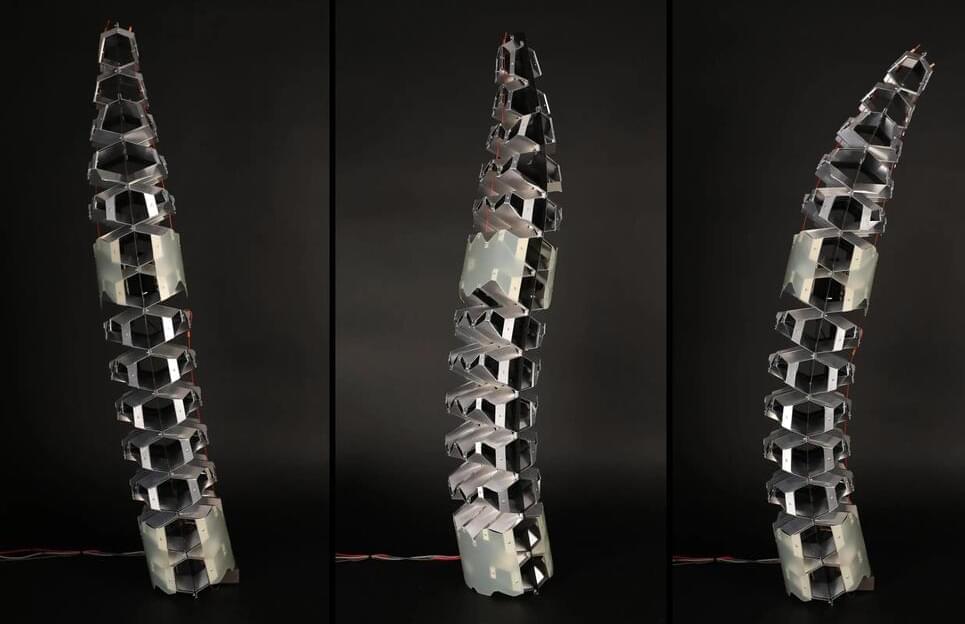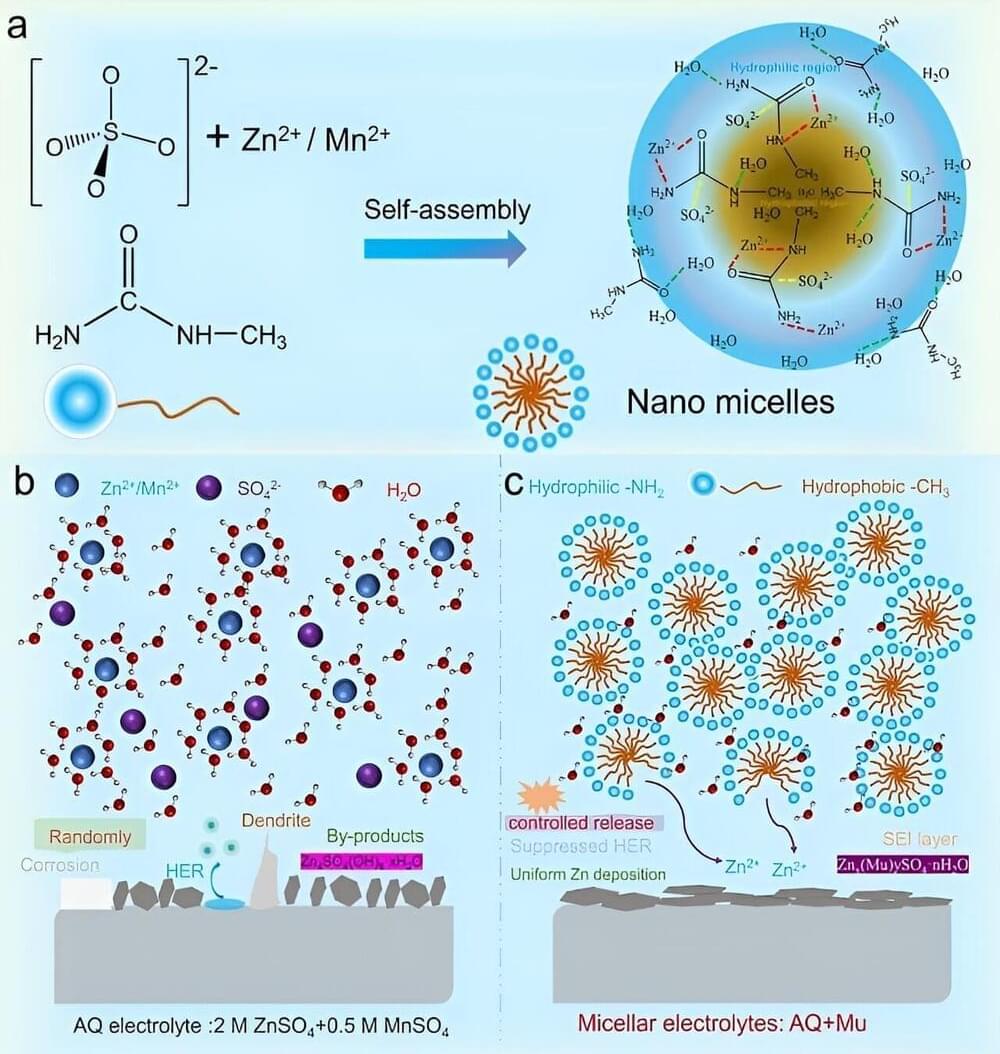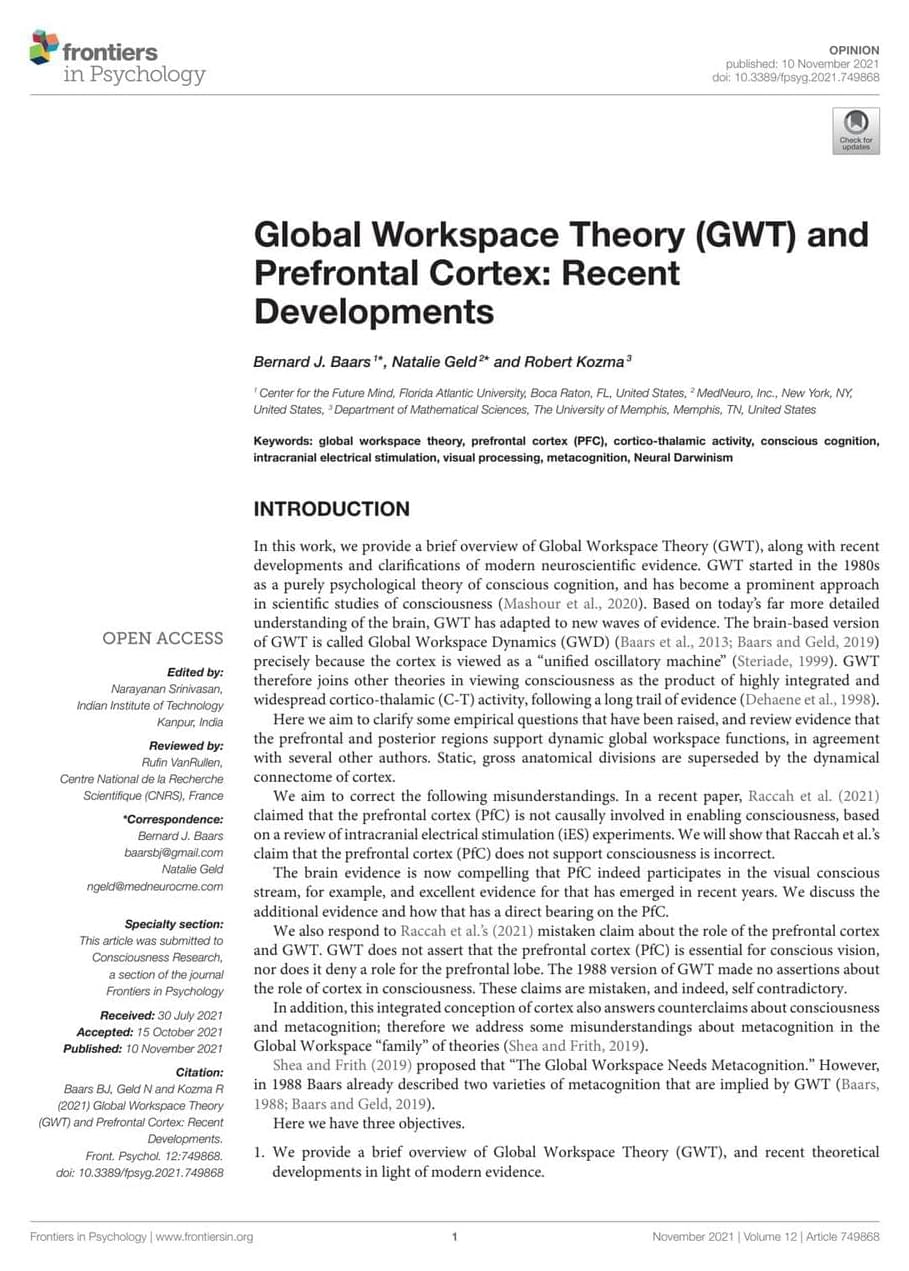The company hasn’t performed well in the past five years, but things could change.


A new factory will produce the human-centric, multi-purpose robot “Digit” at scale in the U.S.
Agility Robotics, creator of a groundbreaking bipedal robot called Digit, has revealed that the company is opening RoboFab, a robot manufacturing facility in Salem, Oregon with the capability to produce more than 10,000 robots per year.
Tesla suspends the base Model Y AWD in the United States. This might have to do with the upcoming Cybertruck and 4680-cell shortage at Giga Texas.

Produced with techniques borrowed from Japanese paper-cutting, the strong metal lattices are lighter than cork and have customizable mechanical properties.
Cellular solids are materials composed of many cells that have been packed together, such as a honeycomb. The shape of those cells largely determines the material’s mechanical properties, including its stiffness or strength. Bones, for instance, are filled with a natural material that enables them to be lightweight, but stiff and strong.
Inspired by bones and other cellular solids found in nature, humans have used the same concept to develop architected materials. By changing the geometry of the unit cells that make up these materials, researchers can customize the material’s mechanical, thermal, or acoustic properties. Architected materials are used in many applications, from shock-absorbing packing foam to heat-regulating radiators.

Tesla has built new in-car software specifically for Hertz’s growing fleet of Tesla vehicles for rent around the world.
Back in 2021, Hertz announced an important effort to electrify its fleet of rental cars, led by a massive purchase of 100,000 Tesla Model 3 vehicles. More recently, the company added Model Y vehicles to the order.
The rental company’s Tesla fleet has been growing over the last few years, and it reported that Tesla vehicles are increasing Hertz’s customer satisfaction.

The system could be used for battery-free underwater communication across kilometer-scale distances, to aid monitoring of climate and coastal change.
MIT is an acronym for the Massachusetts Institute of Technology. It is a prestigious private research university in Cambridge, Massachusetts that was founded in 1861. It is organized into five Schools: architecture and planning; engineering; humanities, arts, and social sciences; management; and science. MIT’s impact includes many scientific breakthroughs and technological advances. Their stated goal is to make a better world through education, research, and innovation.

A research team led by Prof. Yan Lifeng from the University of Science and Technology of China (USTC) of the Chinese Academy of Sciences (CAS) has designed a water-based nanomicellar electrolyte by using methylurea (Mu). The results were published in the Journal of the American Chemical Society.
Aqueous zinc ion batteries (AZIBs) are competitive candidates for clean energy storage, but they are severely limited by the irreversible electrochemical reaction of the zinc anode. Therefore, it is a crucial issue to explore how to regulate the electrochemical performance of AZIBs through electrolyte design optimization.
In this paper, the researchers proposed a unique design of nanomicellar electrolyte, which comprises ZnSO4, MnSO4 and a high concentration of Mu molecules through a self-assembly strategy, where the aqueous-solvent environment is partitioned into hydrophilic and hydrophobic regions, and cations and anions are encapsulated into nanodomains.

Google’s Bard AI chatbot is no longer limited to pulling answers from just the web — it can now scan your Gmail, Docs, and Drive to help you find the information you’re looking for. With the new integration, you can ask Bard to do things like find and summarize the contents of an email or even highlight the most important points of a document you have stored in Drive.
There’s a whole range of use cases for these integrations, which Google calls extensions, but they should save you from having to sift through a mountain of emails or documents to find a particular piece of information. You can then have Bard use that information in other ways, such as putting it into a chart or creating a bulleted summary. This feature is only available in English for now.


In the incredibly small world of molecules, the elementary building blocks—the atoms—join together in a very regular pattern. In contrast, in the macroscopic world with its larger particles, there is much greater disorder when particles connect.
A research team at the University of Göttingen has now succeeded in achieving the same precise arrangement of atoms shown in molecules, but using nanometer-sized particles, known as “plasmonic molecules”—combinations of nanoscale metallic structures that have unique properties. The results were published in Angewandte Chemie International Edition, which has classified the article as a “very important paper.”
There is a transition area between molecular and macroscopic levels, an in-between zone called the nanometer range, where there is often a disordered aggregation of particles. Precise arrangement of nanometer-sized structures is one of the major challenges in the ongoing miniaturization in electronics, optics and medicine.